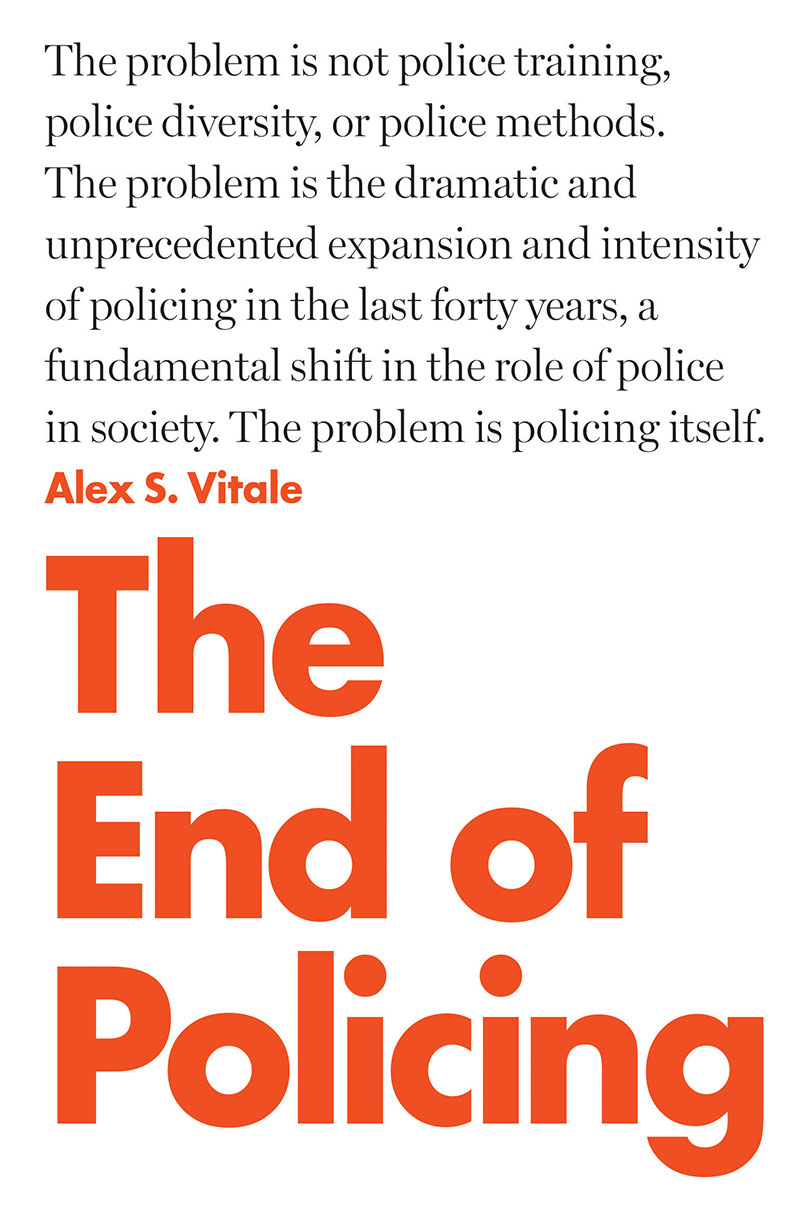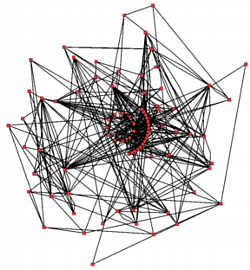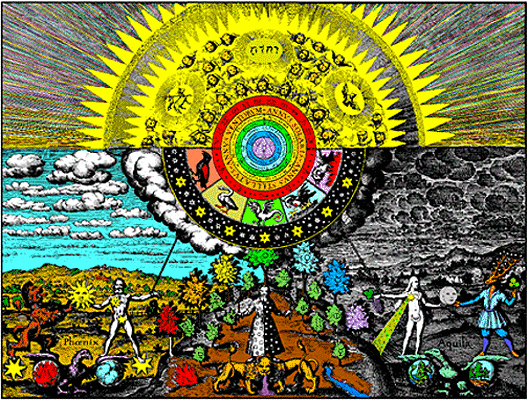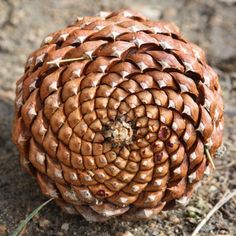2020-06-15 Fibonacci numbers
*1. The End of Policing
There’s a pretty dark history to the origins of policing – intertwined with colonialism, slavery, and industrial capitalism. That legacy still exists in the police today, as well as new issues , like the militarisation of the police force. (Does the local police really need grenade launchers?)
The origins and functions of the police are intimately tied to the management of inequalities of race and class.
— The End of Policing, Alex Vitale

2. Immanence and transcendence
I half listened to the Philosophize This podcast on Deleuze & Guattari's thoughts on immanence while doing other things.
One thing I latched on to was transcendence inevitably introducing hierarchy into thought, and immanence being more horizontal and equalising. So I liked that.
Searching for an image to go along with immanence and transcendence, I found this blog post about immanence and transendence in Buddhism.

I have no idea why they chose that image for the post, but I love it. It seems very related to the kind of images you see about rhizomes.
Also, you find excellent images like this:

Also from a Buddhist blog post!
3. The end of 84K
I finished 84K a few days back.
Loved it. It was both a page-turner and fantastically written. A very unique style.
Also grim, sad, and sitting in that disconcerting place of being far-fetched but also not so far from the current truth.
I think I would probably read it again - I feel like I'd discover a second layer of enjoyment a second time through. Which is a sign of a book that'll be a long-time favourite for me.
Some things that will stick in my head - the patty-line. Ragers. Sponsored towns.
4. Fibonacci numbers
:ID: 27b83da0-9cdf-43c6-bada-577d5749f8e5 :mtime: 20211127120815 20210724222235 :ctime: 20200615214913
:END:

These came up in discussion with E and A today, after we saw a pine cone. I've long liked the Fibonacci sequence because of how they pop up in nature.
Fibonacci sequences appear in biological settings, such as branching in trees, arrangement of leaves on a stem, the fruitlets of a pineapple, the flowering of artichoke, an uncurling fern and the arrangement of a pine cone, and the family tree of honeybees.
5. Elsewhere
5.1. In my garden
Notes that link to this note (AKA backlinks).
